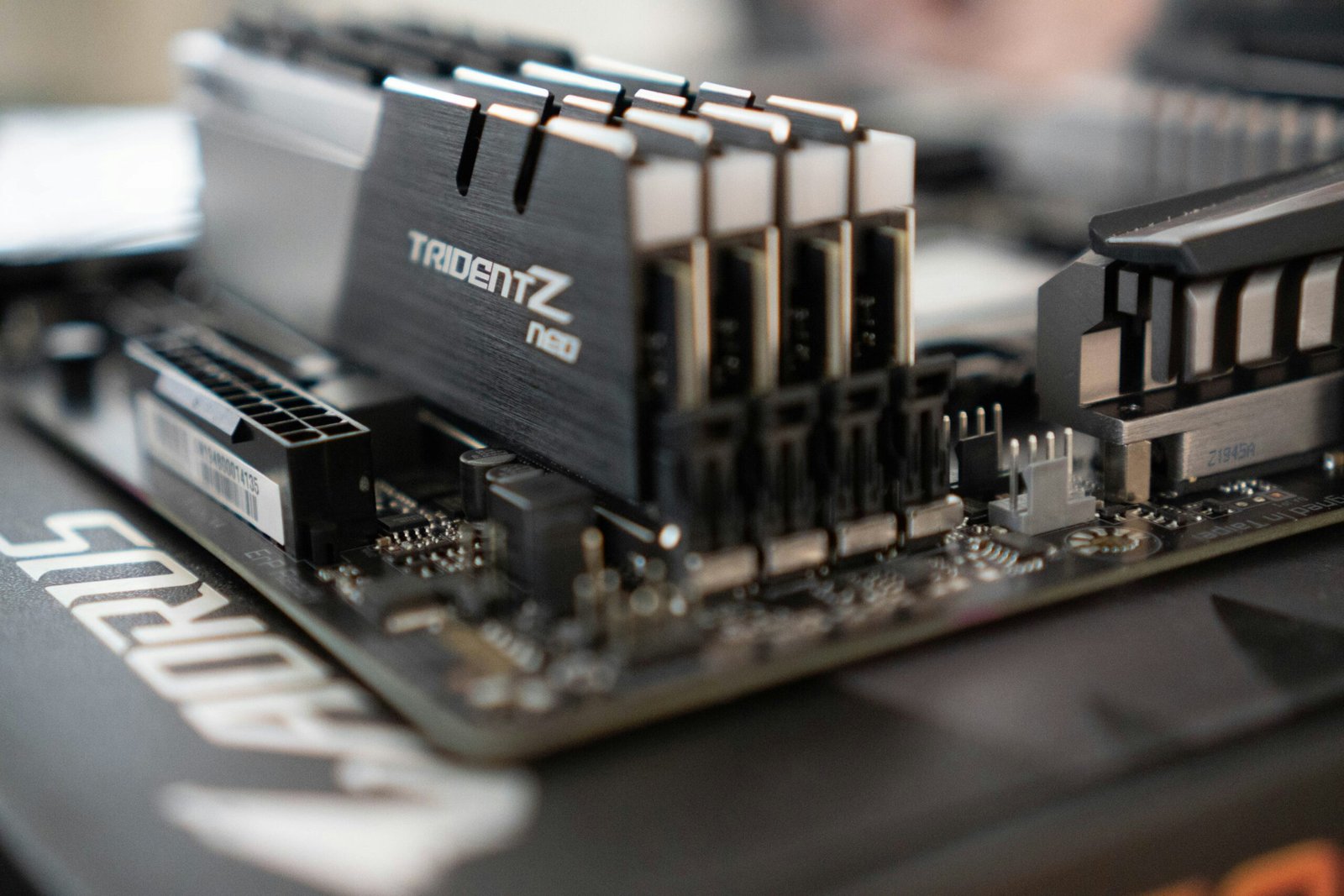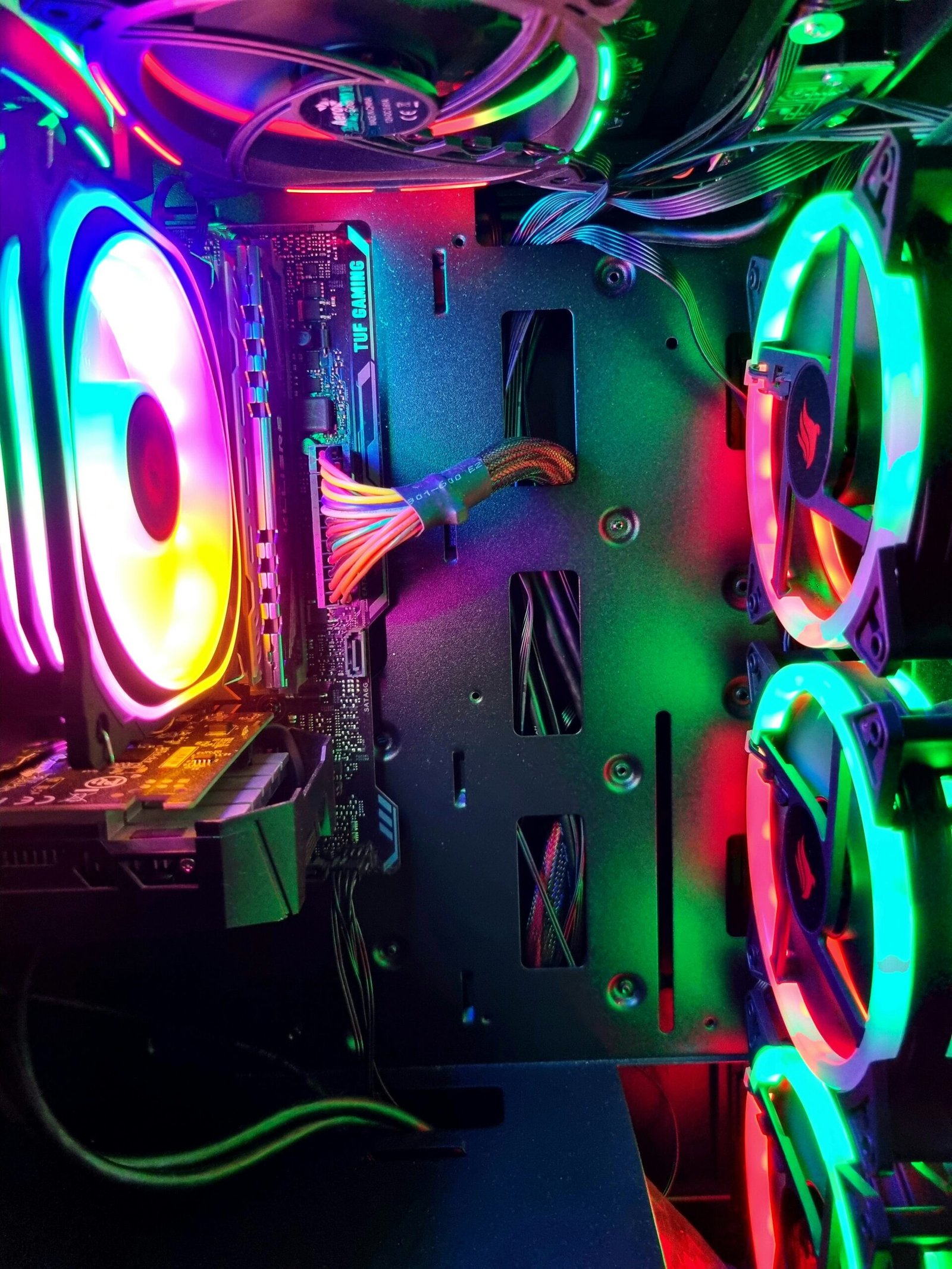The Difference Between RAM and ROM

In the world of computers and technology, there are many acronyms and terms that can be confusing for the average user. Two such terms are RAM and ROM. While both are types of computer memory, they serve different purposes and have distinct characteristics. In this article, we will explore the difference between RAM and ROM.
What is RAM?
RAM stands for Random Access Memory. It is a type of computer memory that is used to store data that is being actively used by the computer’s operating system, applications, and processes. RAM is volatile memory, which means that its contents are lost when the computer is powered off or restarted.
RAM is a temporary storage space that allows the computer to quickly access and manipulate data. It is like the computer’s short-term memory, where information is stored temporarily for immediate use. The more RAM a computer has, the more data it can store and access quickly, which can result in improved performance and multitasking capabilities.
RAM is constantly read from and written to by the computer’s processor, making it an essential component for running applications and performing tasks. When you open a program or file, it is loaded into RAM so that the processor can access it quickly. However, once the computer is powered off or restarted, the contents of RAM are erased, and the data is lost.
What is ROM?
ROM stands for Read-Only Memory. Unlike RAM, ROM is non-volatile memory, which means that its contents are retained even when the computer is powered off or restarted. ROM is used to store permanent or semi-permanent data that is essential for the computer’s operation.
ROM contains firmware or software instructions that are permanently written during the manufacturing process. These instructions are necessary for the computer to boot up and initialize hardware components. ROM also stores system-level software that is required for the computer to operate, such as the BIOS (Basic Input/Output System).
ROM is called “read-only” because, in most cases, it cannot be modified or written to by the user or the computer’s operating system. It is designed to be stable and unchanging, providing a reliable source of data that is necessary for the computer to function. However, there are some types of ROM, such as EEPROM (Electrically Erasable Programmable Read-Only Memory), that can be modified under certain conditions.
The Key Differences
Now that we have a basic understanding of RAM and ROM, let’s summarize the key differences between the two:
- RAM is volatile memory, while ROM is non-volatile memory.
- RAM is used for temporary storage of data that is actively being used by the computer, while ROM stores permanent or semi-permanent data that is essential for the computer’s operation.
- RAM is constantly read from and written to by the computer’s processor, while ROM is typically read-only and cannot be modified by the user or the operating system.
- RAM is faster but has limited storage capacity, while ROM is slower but has larger storage capacity.
- RAM is cleared when the computer is powered off or restarted, while ROM retains its contents.
Understanding the difference between RAM and ROM is important for anyone who wants to have a better understanding of how computers work. While both types of memory are crucial for a computer’s operation, they serve different purposes and have distinct characteristics. RAM provides temporary storage for active data, while ROM stores permanent or semi-permanent data that is essential for the computer’s functioning.
Next time you hear the terms RAM and ROM, you’ll know exactly what they mean and how they contribute to the overall performance of a computer system.




